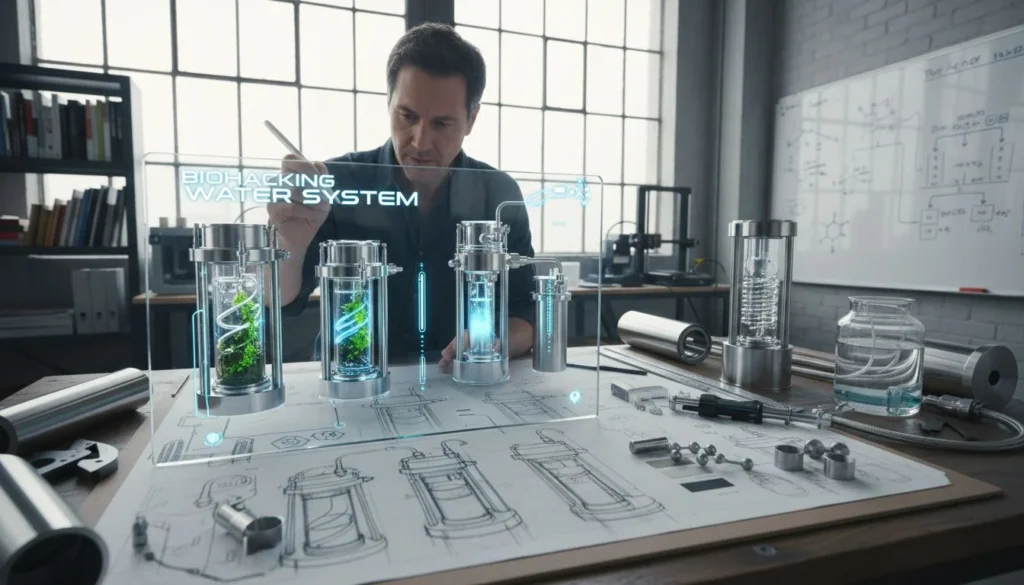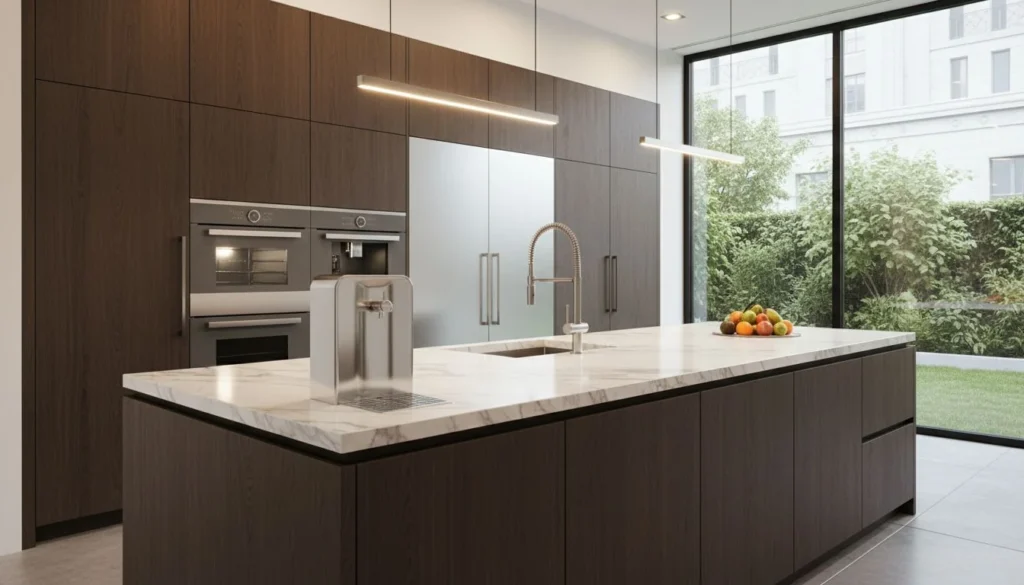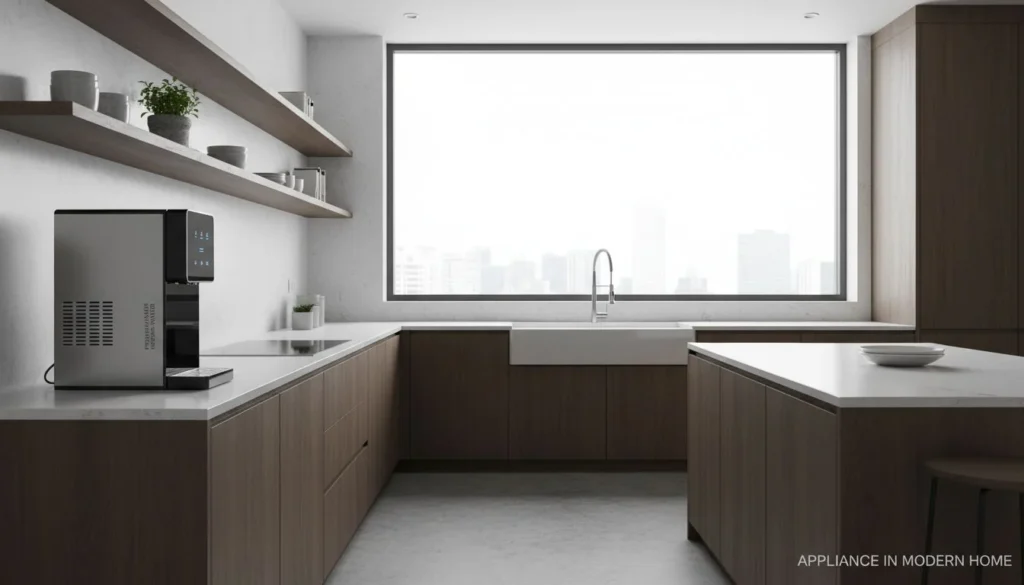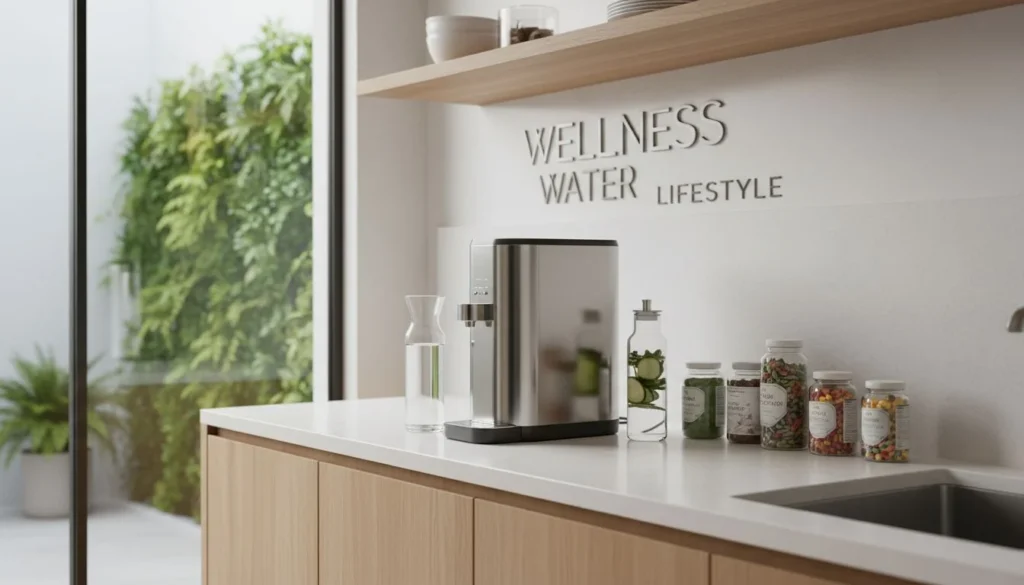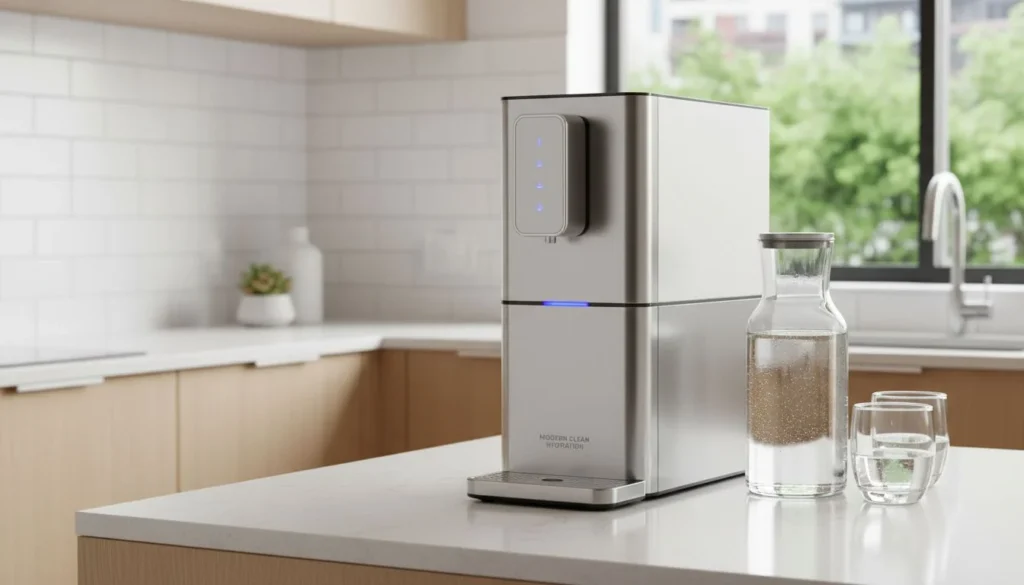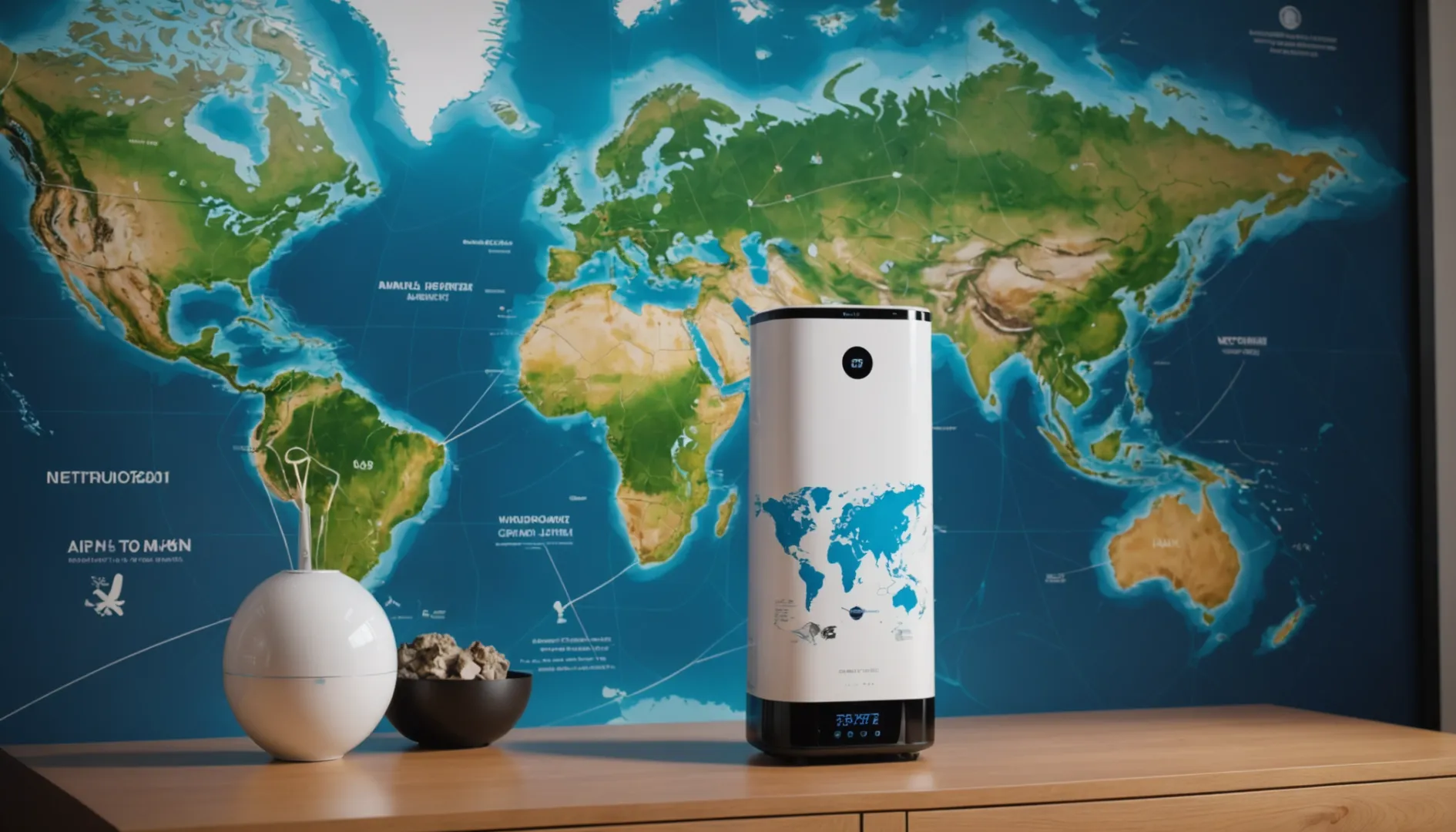
신선하고 깨끗한 공기의 필요성을 처음 느꼈을 때를 기억하시나요? 그래서 공기청정기를 수입하기 시작했습니다.
현재 중국에서 미국으로 공기청정기를 수입하는 경우 2025년 5월 30일까지 관세가 면제됩니다. 이 기간이 지나면 향후 미국의 무역 정책에 따라 관세가 251% 또는 그 이상으로 인상될 수 있습니다. 수입업체는 대체 공급 전략을 모색하는 것이 좋습니다.
이번 관세 면제는 일시적인 안도감을 주지만, 장기적인 계획을 세우려면 미래의 잠재적 관세를 이해하는 것이 중요합니다. 저는 책상에 앉아 계산기를 손에 들고 관세 변화가 비즈니스에 어떤 영향을 미칠지 파악하기 위해 숫자를 계산했던 기억이 납니다. 중요한 것은 준비입니다. 변화하는 국제 무역 역학 관계에 맞서 이러한 변화를 탐색하고 수입 전략을 최적화하는 방법을 알아보세요. 베트남의 공급업체와 협력하거나 소싱 옵션을 다양화하는 등 다양한 방법으로 앞서 나갈 수 있습니다.
현재 중국에서 미국으로 수출되는 공기청정기에 대한 관세는 0입니다.True
중국산 공기청정기는 2025년 5월 30일까지 관세가 면제됩니다.
베트남에서 공기청정기를 수입하면 향후 미국 관세를 피할 수 있습니다.True
베트남과 같은 국가에서 소싱하면 향후 관세 리스크를 완화할 수 있습니다.
향후 관세가 공기청정기 비용에 어떤 영향을 미칠까요?
지난번 관세가 시장을 뒤흔들었을 때를 기억하시나요? 이번에는 공기청정기가 다음 타깃이 될 수 있으며, 생각보다 더 가까운 곳에 영향을 미칠 수 있습니다.
향후 공기청정기에 대한 관세가 인상되면 가격이 최대 60%까지 치솟을 수 있습니다. 제조업체가 공급망을 조정하지 않는 한 소비자 가격이 상승할 가능성이 높습니다.
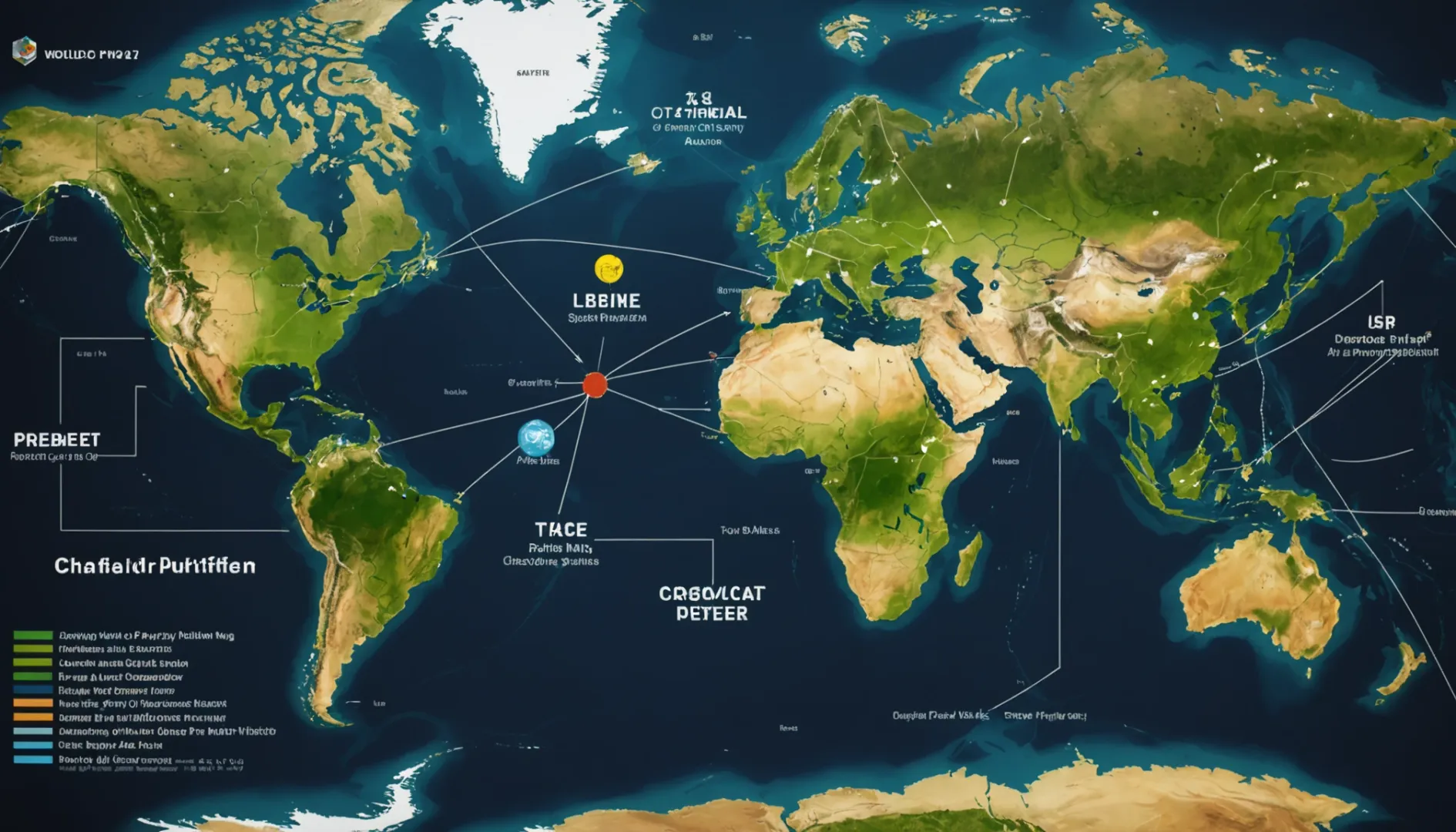
현행 관세 면제에 대한 이해
미국이 2025년 5월 30일까지 중국산 수입품에 대한 관세를 면제해준 덕분에 지금은 공기청정기를 구입하는 것이 지갑에 숨통이 트이는 기분입니다. 처음 공기청정기를 구입했을 때 가격이 너무 저렴해서 감탄했던 기억이 납니다. 하지만 모든 좋은 일이 그렇듯 이 혜택이 영원히 지속되지는 않을 수도 있습니다. 정치적 바람은 제가 주말 계획을 바꾸는 것보다 더 빨리 방향을 바꿀 수 있습니다.
잠재적인 관세 인상과 그 영향
면제 후 관세가 60%로 인상되면 스티커 쇼크에 대비하고 있습니다. 맑은 날 이후 폭풍우를 기다리는 것과 같습니다. 저처럼 깨끗한 공기를 좋아하지만 더 많은 비용을 지불하는 것은 싫어하는 소비자에게는 현실을 확인하는 것과 같습니다. 이렇게 되면 새 모델로 업그레이드하려는 제 꿈도 잠시 미뤄야 할지도 모르겠네요.
비용 절감을 위한 제조업체의 전략
제조업체들이 베트남이나 멕시코 같은 곳으로 생산지를 옮기는 것을 고려하고 있다는 기사를 읽었습니다. 품질은 그대로 유지하면서 비용을 절감하기 위해 헬스장을 바꾼 적이 생각납니다. 이러한 전략적 공급망 전환1 는 가격을 안정적으로 유지할 수 있고, 큰돈을 들이지 않아도 된다면 저는 찬성합니다.
중국산 수입품의 대안
인도나 독일에서 수입하는 것도 흥미롭긴 하지만 비용 효율성과 기술 발전이 걱정됩니다. 미국 현지에서 구입하는 방법도 있지만, 집에서 빵을 구우려고 하면 가능하지만 가격이 비싸고 맛도 좋지 않던 시절이 생각납니다.
경제 변화에 대비하기
끊임없이 변화하는 환경 속에서 정보를 유지하는 것은 겨울 폭풍에 대비하는 것과 같이 필수적이고 현명한 일입니다. 정책 변화를 주시하든 유연한 옵션을 고려하든, 저는 적응할 준비가 되어 있고 제 의도대로 공기가 순수하게 유지되도록 보장할 준비가 되어 있습니다. 능동적으로 대처하는 것이 어떤 어려움이 닥치더라도 헤쳐 나갈 수 있는 저의 게임 플랜입니다.
중국산 공기청정기는 2025년 5월까지 무관세가 적용됩니다.True
현재 공기청정기는 2025년 5월까지 관세가 면제됩니다.
2025년 5월 이후 공기청정기에 대한 관세는 60%가 적용됩니다.False
관세는 정책에 따라 25% 또는 60%까지 상승할 수 있습니다.
대체 공급망 전략이란 무엇인가요?
무역 전쟁이나 관세와 같은 글로벌 악재에도 불구하고 기업들이 어떻게 공급망을 원활하게 운영하는지 궁금한 적이 있나요? 그 비결을 알아보세요.
공급업체 다각화, 니어쇼어링, 더 나은 예측을 위한 기술 활용과 같은 대체 공급망 전략은 지정학적 긴장 및 공급 중단으로 인한 위험을 관리하는 데 도움이 됩니다. 이러한 접근 방식은 어려운 시기에도 원활한 운영을 보장합니다.
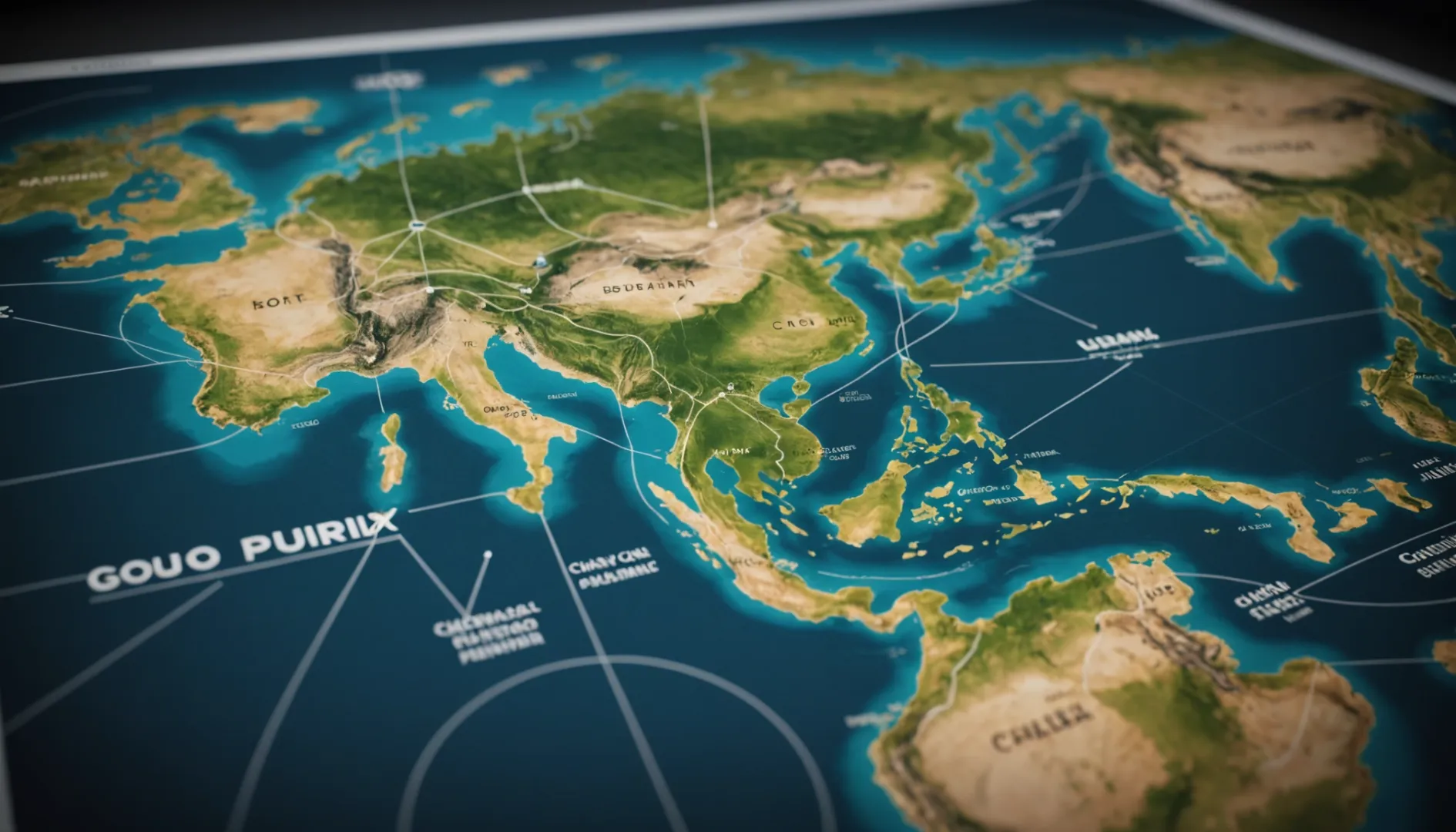
공급업체 다각화
처음으로 공급망 전략을 다시 생각해야 했던 때가 기억납니다. 정말 긴장되는 순간이었죠. 갑작스러운 관세 인상으로 모든 것이 균형을 잃으면 어떻게 될까요? 그때 공급업체 다변화의 중요성을 깨달았습니다. 다양한 국가에서 소싱함으로써 한 국가에 대한 의존도를 줄일 수 있었죠. 예를 들어, 주요 공급업체가 중국에 있었다면 다음과 같은 제조 옵션을 모색할 수 있습니다. 베트남 또는 태국2 는 관세 변경이나 무역 분쟁에 대비하기 위한 현명한 조치처럼 보였습니다.
니어쇼어링 및 온쇼어링
물류 스프레드시트를 보며 긴 밤을 지새우던 어느 날, 니어쇼어링의 개념이 마음에 와 닿았습니다. 운영을 본국에 더 가깝게 가져가면 물류 비용을 절감하고 효율성을 높일 수 있습니다. 온쇼어링은 여기서 한 걸음 더 나아가 생산을 완전히 본국으로 이전합니다. 예를 들어, 미국 기업은 멕시코 또는 미국 내에서 제조 시설을 구축하여 리드 타임을 크게 단축하고 다음을 강화할 수 있습니다. 공급망 복원력3.
전략적 파트너십 및 제휴
제 여정에서 전략적 파트너십을 맺는 것은 판도를 바꾸는 계기가 되었습니다. 주요 공급업체 및 이해관계자들과 협력함으로써 시장 변화에 신속하게 대응할 수 있는 유연성을 확보할 수 있었죠. 이러한 제휴는 공유 리소스와 인사이트를 제공했을 뿐만 아니라 새로운 시장과 기술에 대한 문을 열어주었습니다. 다음과 같이 고무적인 결과를 얻었습니다. 국제 협업4 는 다양한 분야에서 성공을 거두었습니다.
기술 활용
공급망 관리에 기술을 도입하는 것은 미래로 나아가는 것과 같은 느낌입니다. AI 기반 분석 및 블록체인과 같은 도구는 탁월한 가시성과 예측 정확도를 제공합니다. 이러한 혁신 덕분에 혼란을 예측하고 선제적으로 전략을 조정할 수 있었습니다. 예를 들어 블록체인 기술5 는 공급망 전반에서 상품을 투명하게 추적하여 재고 수준과 배송 상태에 대한 실시간 인사이트를 제공합니다.
재고 관리 조정
재고 관리 방식을 조정하는 것도 또 다른 중요한 전략이 되었습니다. 서비스 중단에 대비해 더 높은 재고 수준을 유지할지, 아니면 더 정확한 수요 예측에 의존하는 적시 공급 시스템을 도입할지 결정해야 했습니다. 과도한 재고 비축 없이 고객 수요를 지속적으로 충족하기 위해서는 보유 비용과 서비스 수준의 균형을 맞추는 것이 핵심이었습니다.
결론
각 전략에는 고유한 장단점이 있지만, 기업 고유의 상황과 시장 조건을 평가하여 가장 적합한 접근 방식을 결정하는 것이 중요합니다. 궁극적인 목표는 고객에게 효과적으로 가치를 지속적으로 제공하면서 중단을 견딜 수 있는 탄력적인 공급망을 구축하는 것입니다.
현재 중국 공기청정기에 대한 관세는 0%입니다.True
중국산 공기청정기는 2025년 5월까지 관세가 면제됩니다.
인도에서 공기청정기를 수입하는 것이 중국보다 저렴합니다.False
중국은 공급망이 더욱 견고하여 비용이 저렴합니다.
중국 이외의 국가에서 수입을 고려해야 하나요?
이제 중국을 넘어 수입의 날개를 펼칠 때가 되지 않았는지 궁금하신가요?
세계가 지금과 같이 변화하고 있는 상황에서 수입을 위해 중국 이외의 옵션을 모색하는 것은 현명한 선택입니다. 베트남, 인도, 멕시코와 같은 국가는 공급망을 다변화하고 위험을 완화하는 데 도움이 되는 대안을 제공하지만 비용과 기술 접근성의 균형을 맞추는 것은 여전히 어려운 과제입니다.
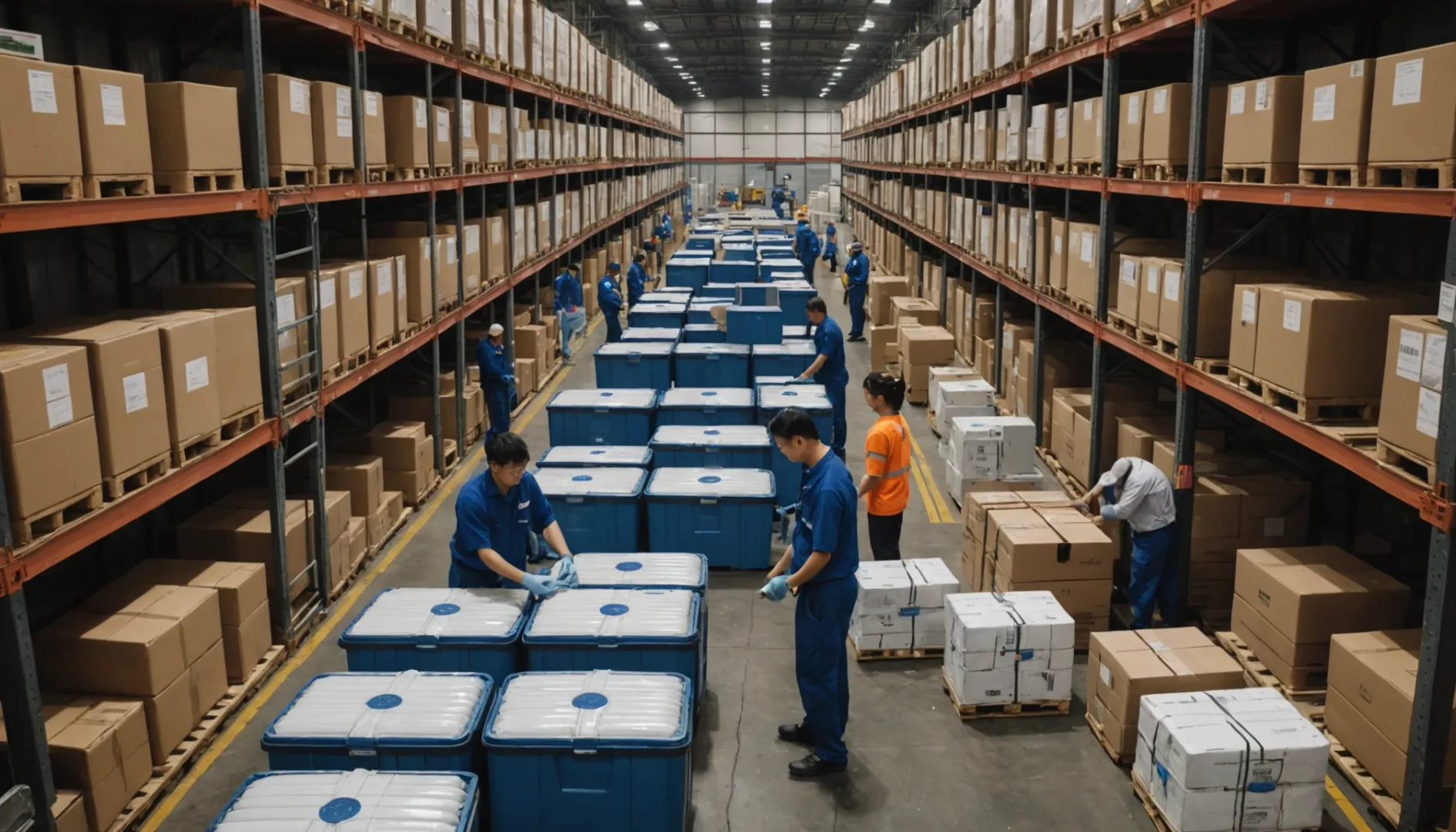
관세 영향 평가
책상에 앉아 모닝 커피를 마시다가 2025년 이후 중국산 공기청정기에 대한 관세가 급등할 수 있다는 뉴스를 우연히 접하게 되었다고 상상해 보세요. 지금은 2025년 5월까지 관세가 부과되지 않아 순항 중이지만, 앞으로 어떤 일이 벌어질지 누가 알겠습니까? 마치 소풍을 계획하면서 비가 오지 않기를 바라는 것과 같습니다. 저는 이러한 변화를 미리 파악하는 것이 외출하기 전에 날씨를 확인하는 것만큼이나 중요하다는 것을 깨달았습니다. 관세 살펴보기6 시나리오가 우리에게 필요한 우산일 수 있습니다.
공급망 다각화
저는 항상 한 바구니에 모든 달걀을 담지 말아야 한다고 믿었습니다. 베트남이나 태국 같은 곳으로 생산을 이전하는 회사에 대해 들었을 때 "정말 현명한 결정이다!"라고 생각했습니다. 상상해 보세요. Apple 매장 설치7 베트남에서 보물찾기에서 숨겨진 보석을 찾는 것과 같습니다. 이러한 변화는 잠재적인 무역 전쟁에 대비한 안전망을 제공하여 보다 적응력 있는 공급망을 제공합니다. 실제로 작동하는 백업 계획이 있는 것과 같습니다!
비용과 기술의 균형
인도나 멕시코와 같은 국가에 수입을 위해 진출하는 것은 외줄타기를 하는 것처럼 느껴집니다. 한편으로는 비용 절감의 잠재력이 있고, 다른 한편으로는 중국의 첨단 기술을 놓칠 위험이 있습니다. 전형적인 균형 잡기입니다. 특히 전자제품 분야에서 중국의 혁신은 모두가 손에 넣고 싶어 하는 최신 스마트폰과 같습니다.
현지 소싱 딜레마
미국 내에서 현지 소싱을 하면 수입의 번거로움이 없어진다는 점이 매력적으로 들립니다! 하지만 자세히 알아보니 더 높은 비용과 같은 여러 가지 어려움이 있다는 것을 알게 되었습니다. 마치 식료품을 살 때 편리함과 예산 사이에서 선택하는 것과 같습니다. 이해 현지 생산 영향8 비즈니스 목표에 부합하는지 판단하는 데 도움이 될 수 있습니다.
끊임없이 변화하는 글로벌 환경에서 이러한 요소를 고려하면 공급망 전략에 대한 정보에 입각한 결정을 내리는 데 도움이 됩니다. 수입이 이런 모험이 될 줄 누가 알았겠어요?
중국 공기청정기에 대한 관세는 2025년 5월까지 0%입니다.True
현재 중국산 공기청정기는 2025년 5월까지 미국 관세가 면제됩니다.
베트남에서 공기청정기를 수입하면 향후 관세를 피할 수 있습니다.True
베트남에서 소싱하면 잠재적인 미중 관세 인상을 피할 수 있습니다.
미국 현지에서 공기청정기를 구매해야 하는 이유는 무엇인가요?
공기청정기가 급하게 필요했던 때를 기억하시나요? 현지에서 구매하면 시간을 절약할 수 있습니다.
미국 현지에서 공기청정기를 구매하면 지역 경제를 활성화하고, 제품을 즉시 손에 넣을 수 있으며, 뛰어난 고객 서비스를 받을 수 있는 등의 혜택을 누릴 수 있습니다. 또한 해외 수입품의 예측 불가능성을 피할 수 있어 기다릴 필요 없이 일관된 가격과 최첨단 기술을 보장받을 수 있습니다.

지역 비즈니스 지원
동네 가게에 들렀을 때 지역 비즈니스를 지원한다는 느낌은 그 무엇과도 비교할 수 없는 것이었습니다. 모든 구매는 누군가의 꿈을 응원하고 커뮤니티를 활기차게 유지하는 데 도움이 됩니다. 마치 모두가 서로를 돌보는 대가족의 일원이 되는 것과 같습니다. 또한 일부 지역 상점에서는 독특하거나 심지어 사용자 지정 가능한 옵션9 대형 체인에는 없습니다.
즉각적인 가용성
산불 시즌에 하룻밤 사이에 공기의 질이 급격히 떨어진 적이 있습니다. 다행히도 지역 상점에 공기청정기가 재고가 있다는 것을 알고 있었습니다. 배송을 기다리거나 배송 지연을 걱정할 필요 없이 필요한 제품을 바로 구매하고 어떤 상황에도 대비할 수 있었죠.
더 나은 고객 지원
판매하는 제품에 대해 잘 알고 있는 매장 직원과 대화하는 것만큼 좋은 것은 없습니다. 우리 집에 가장 적합한 모델에 대한 조언이 필요했을 때 바로 그곳에서 통찰력과 추천을 제공해주었습니다. 다음 사항에 대해 궁금한 점이 있으면 언제든지 다시 방문할 수 있어서 안심이 됩니다. 필터 교체10 또는 유지 관리.
무역 불확실성 속에서의 안정성
무역 긴장이 고조되고 있는 지금, 현지에서 구매하면 안심할 수 있습니다. 관세로 인한 갑작스러운 가격 인상에 대해 걱정할 필요가 없습니다. 미국에 기반을 둔 기업을 지원한다는 것은 안정적인 가격을 누리고 국제적인 예측 불가능성을 피할 수 있다는 것을 의미합니다.
고급 기술에 대한 액세스
미국 제조업체들이 공기청정기 기술에서 한 단계 더 발전하는 모습을 보는 것은 매우 흥미롭습니다. 국내에서 구매함으로써 저는 단순히 훌륭한 제품을 얻는 것뿐만 아니라 지속 가능성과 첨단 여과 시스템을 추구하는 혁신적인 솔루션을 후원하고 있습니다.
지속 가능한 관행 구축
현지에서 구매하는 것은 탄소 발자국을 줄이려는 제 가치관과도 일치합니다. 운송 수단이 적을수록 탄소 배출량이 줄어듭니다. 또한 현지 제조업체가 지속 가능한 관행11내 선택이 환경에 도움이 된다는 것을 알면 기분이 좋아집니다. 저에게 가장 중요한 것에 부합하는 의식적인 결정을 내리는 것이죠.
현재 중국에서 미국으로 수출되는 공기청정기에 대한 관세는 0입니다.True
2025년 5월 30일까지 중국에서 공기청정기를 수입하는 경우 관세가 면제됩니다.
미국산 공기청정기는 수입 제품보다 저렴합니다.False
현지 생산은 관세로 인해 수입에 비해 비용이 더 많이 드는 경우가 많습니다.
결론
중국에서 미국으로 공기청정기를 수입하는 경우 2025년 5월 30일까지 관세가 면제됩니다. 향후 관세가 크게 인상될 수 있으므로 수입업체는 대체 소싱 전략을 고려해야 합니다.
-
기업이 관세 비용 상승을 피하기 위해 어떻게 적응하는지 알아보세요. ↩
-
베트남이나 태국이 공급망 다각화를 위해 전략적으로 중요한 이유를 알아보세요. ↩
-
니어쇼어링으로 공급망 복원력을 향상하는 방법을 알아보세요. ↩
-
비즈니스 성장을 강화한 성공적인 국제 협업을 살펴보세요. ↩
-
블록체인 기술이 공급망의 투명성을 어떻게 향상시키는지 알아보세요. ↩
-
중국으로부터의 수입 비용에 영향을 미치는 관세 변동에 대한 최신 정보를 확인하세요. ↩
-
주요 기업들이 생산 거점을 옮기는 이유를 이해하세요. ↩
-
현지 소싱의 장점과 단점을 살펴보세요. ↩
-
현지 스토어에서 제공할 수 있는 사용자 지정 옵션을 살펴보세요. ↩
-
공기청정기를 효과적으로 관리하는 방법에 대한 안내를 확인하세요. ↩
-
친환경적인 제조 공정에 대해 알아보세요. ↩


